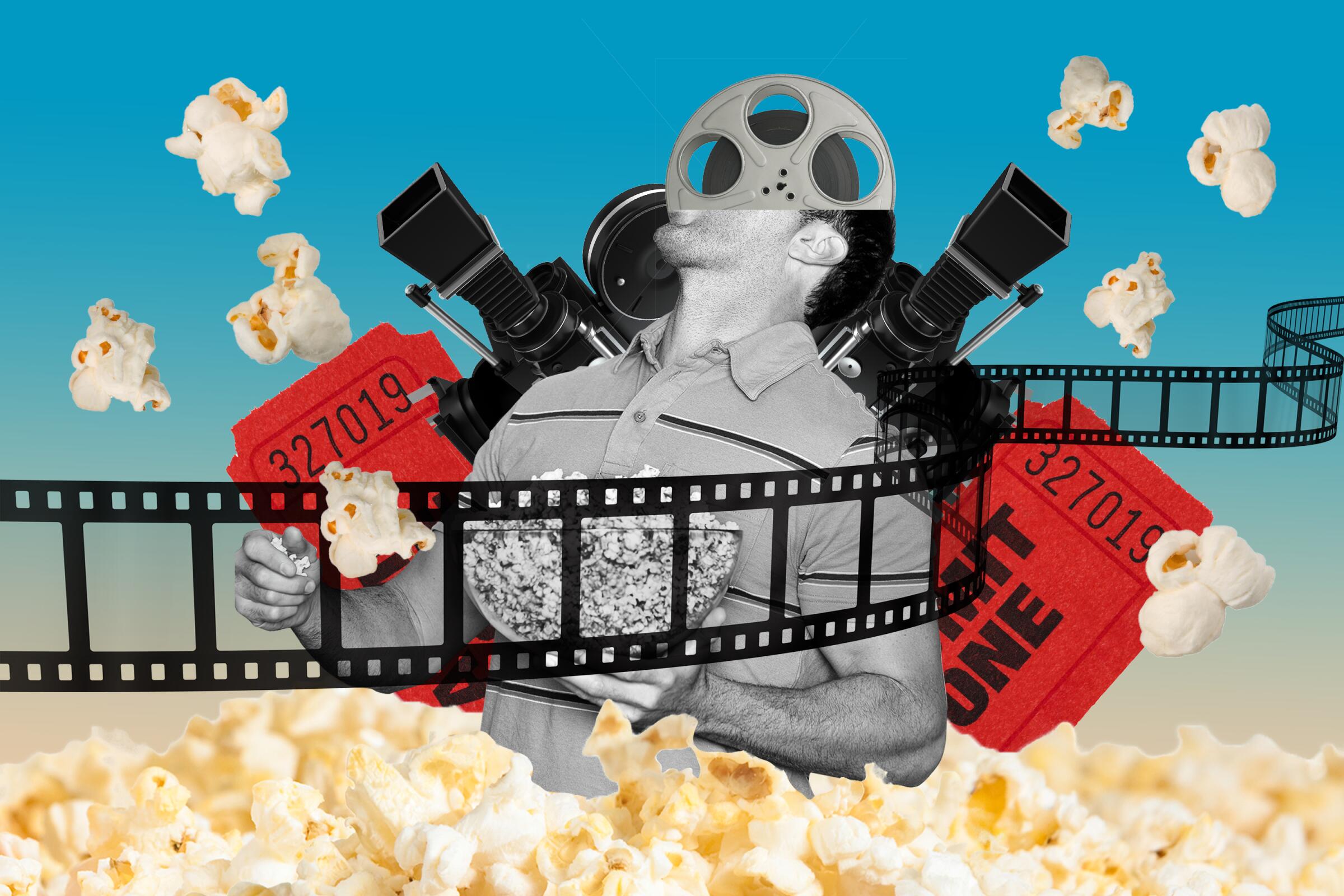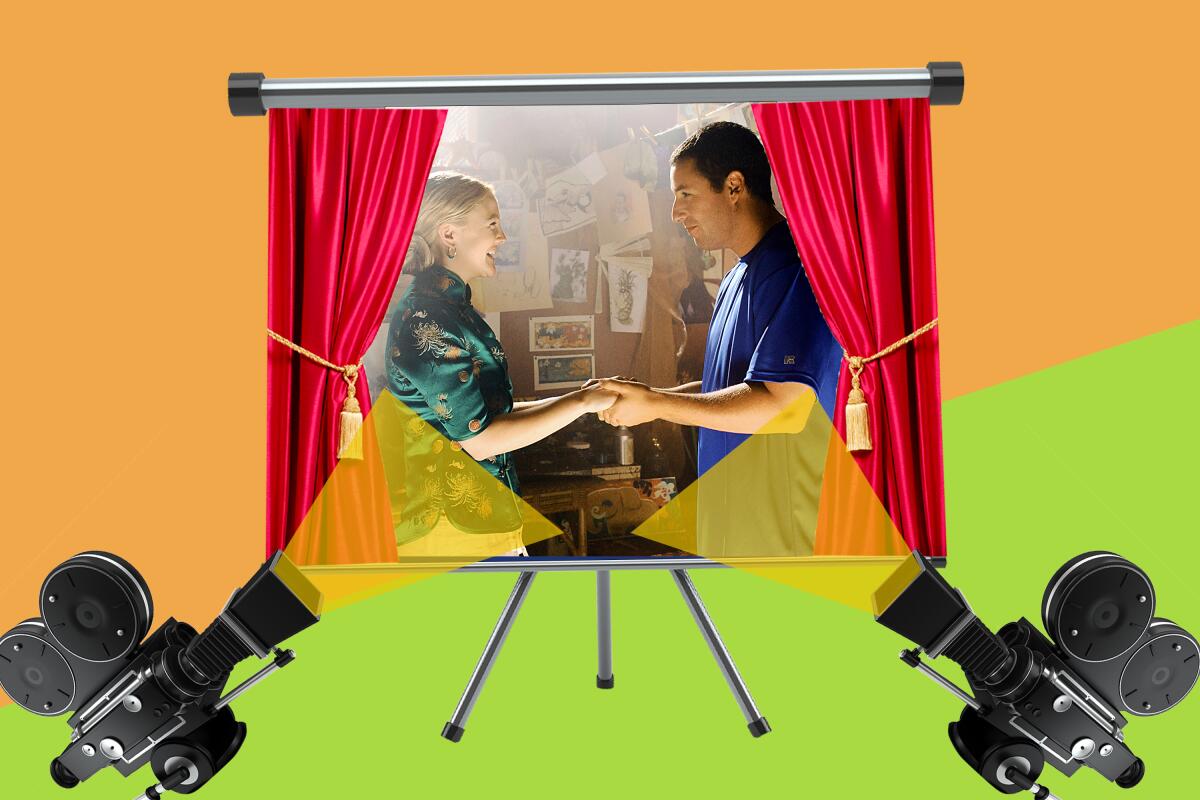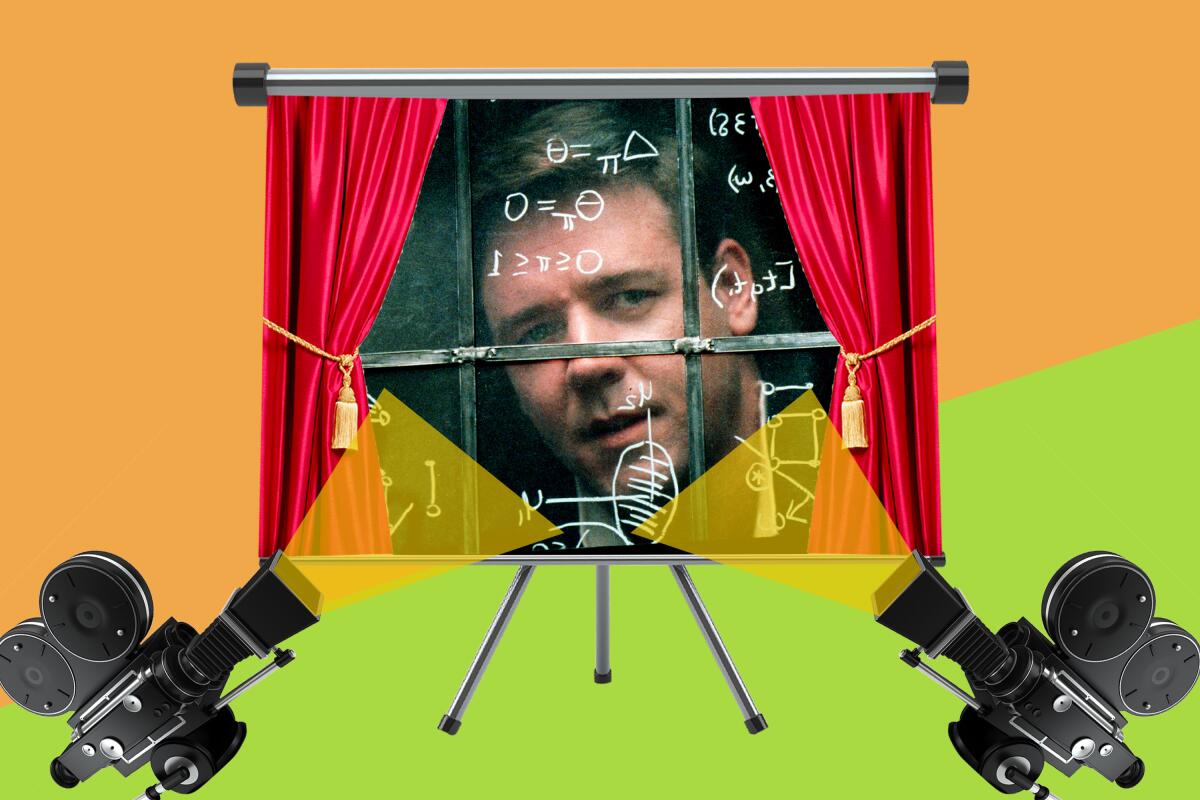Midway through the 1982 screen musical “Annie,” the characters stop and do something that’s incidental to the plot but essential to their pleasure: They go to the movies. It’s the 1930s, and hard times are sending audiences to the pictures in droves, though few can afford to go in such style as Annie and Daddy Warbucks, chauffeured by town car to Radio City Music Hall. Before the curtains part on “Camille,” a splendid weepie starring Greta Garbo at her finest, they’re treated to a proper billionaire’s welcome, first from a receiving line of ushers and then a chorus of Rockettes: “Let’s go to the movies / Let’s go see the stars,” they sing. “Red lights holler, deep Depression / What do we care? Movies are there!”
Indeed they are. And it’s wonderful to have them back, more than a year after the pandemic’s spread led to theater shutdowns nationwide. For those of us fortunate enough to make a living writing about the movies, it was as if the best office in the world had closed indefinitely. For anyone who simply loves going to the movies, it was as though a bright light had been snuffed out. Newfangled streaming services and antiquarian DVD libraries kept a lot of us sane without being in any way a meaningful substitute.
Now theaters have reopened, and months after being fully COVID-vaccinated, I’ve started going back to them — tentatively at first, but soon with growing confidence and a joy that has yet to subside. I started off slow, with a couple of press screenings held in nearly empty theaters and with tight safety precautions in place. A few weeks ago I bit the bullet and headed to my local Pasadena arthouse, the Laemmle Playhouse 7, to catch the scintillating, newly restored 1969 French thriller “La Piscine.” (By delightful coincidence, I ran into a friend. We recognized each other even with our masks on.)
And as I write these words, I’ve just managed to score a coveted ticket to see Martin Scorsese’s “New York, New York” at the recently reopened New Beverly Cinema, where it will have three showings next weekend. I may walk out of the theater humming Kander and Ebb, but on the way I’ll probably be singing along with the Rockettes: “Let’s go to the movies … ”
My affection for “Annie” has dipped over the years but I’m still fond of that interlude: Seeing it for the first time as a wide-eyed child myself, I couldn’t help but share in Annie’s kid-in-a-candy-store exuberance. It invested the act of moviegoing with a sense of extravagance that couldn’t have felt further removed from the Anaheim Hills strip-mall multiplexes where I spent much of my youth. For me, the closest thing to Radio City-style magnificence was in the movie palaces that once dominated downtown Los Angeles — most of which had long since closed by the time I was old enough to visit L.A., let alone call it home.
Still, moviegoing in this city has often afforded its own bonuses, a few friendly perks to remind you that you’re there to experience something special. You may not be greeted by the Rockettes, but you could still count on a snappy intro at the ArcLight Hollywood, with a promise to ensure top-notch picture and sound quality. You could look forward to Rob Richards’ live organ music at Hollywood Boulevard’s El Capitan and rich, scholarly appraisals of classics and undersung gems at the Billy Wilder Theater in Westwood or REDCAT downtown.
Those pleasures have been suspended, some permanently. ArcLight Cinemas and Pacific Theatres have made their closures permanent, to the devastation of local moviegoers. Repertory theaters are still slowly figuring out their reopening plans. The last time I was at the El Capitan, for an early mid-May screening of “Cruella,” the organ was nowhere in sight. I trust it’ll be back, along with so much that we used to take for granted at the movies — a sense of easygoing communion and delirious abandon as we surrender our impatience, our anxiety and, yes, even sometimes our critical reservations to bask in the images on the screen before us.
I’ve learned a lot from going to the movies over the years — about life, about art and the space where the two collide — and most of what I’ve learned is deeply rooted in my memories of specific moviegoing experiences. Allow me to share a few of those lessons, and also to ponder how some of them might change in a post-pandemic era of moviegoing. I know you have your own memories, and I invite you to share them with me. As we return to theaters, weary, wary and hopeful, it’s more important to cling to them than ever.











